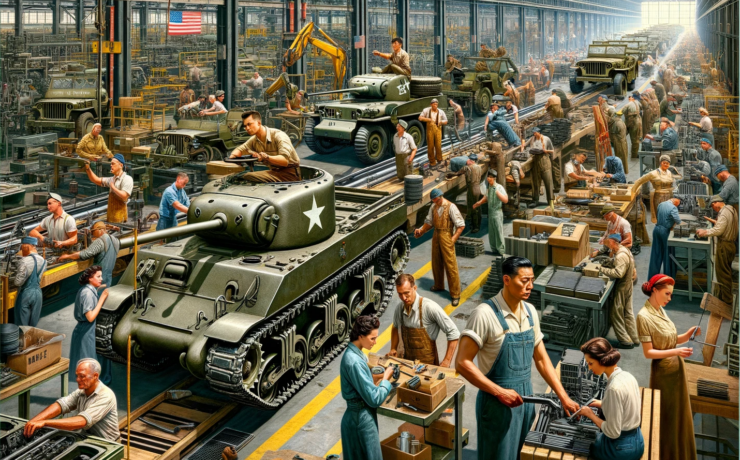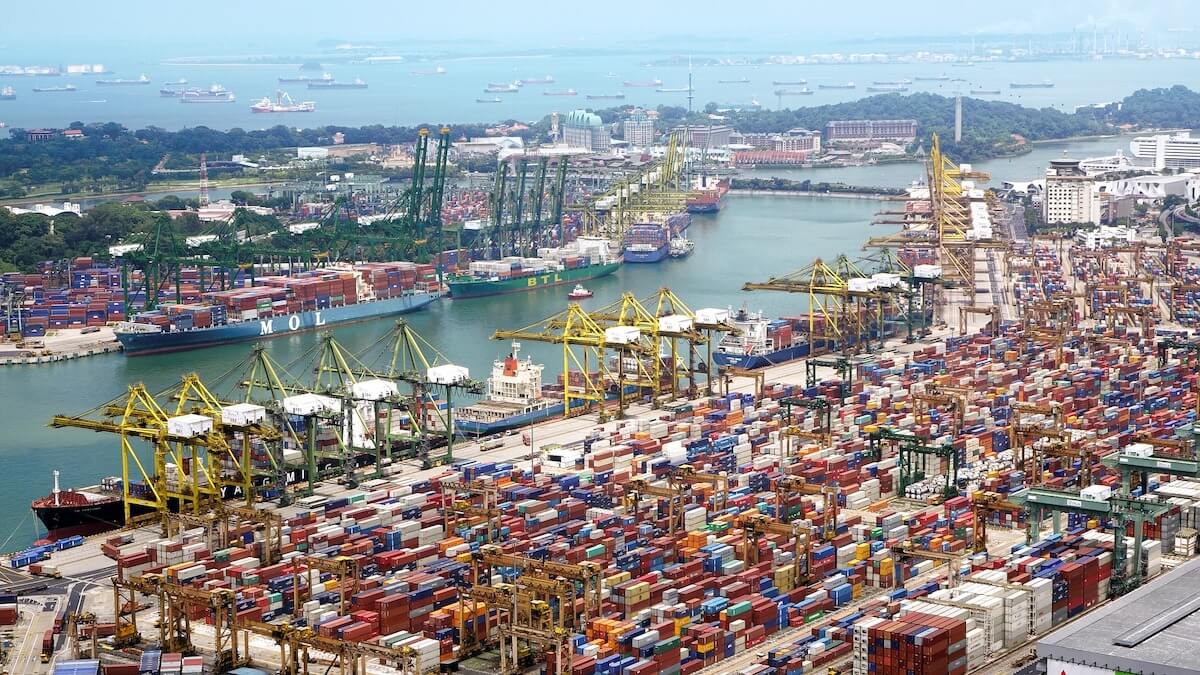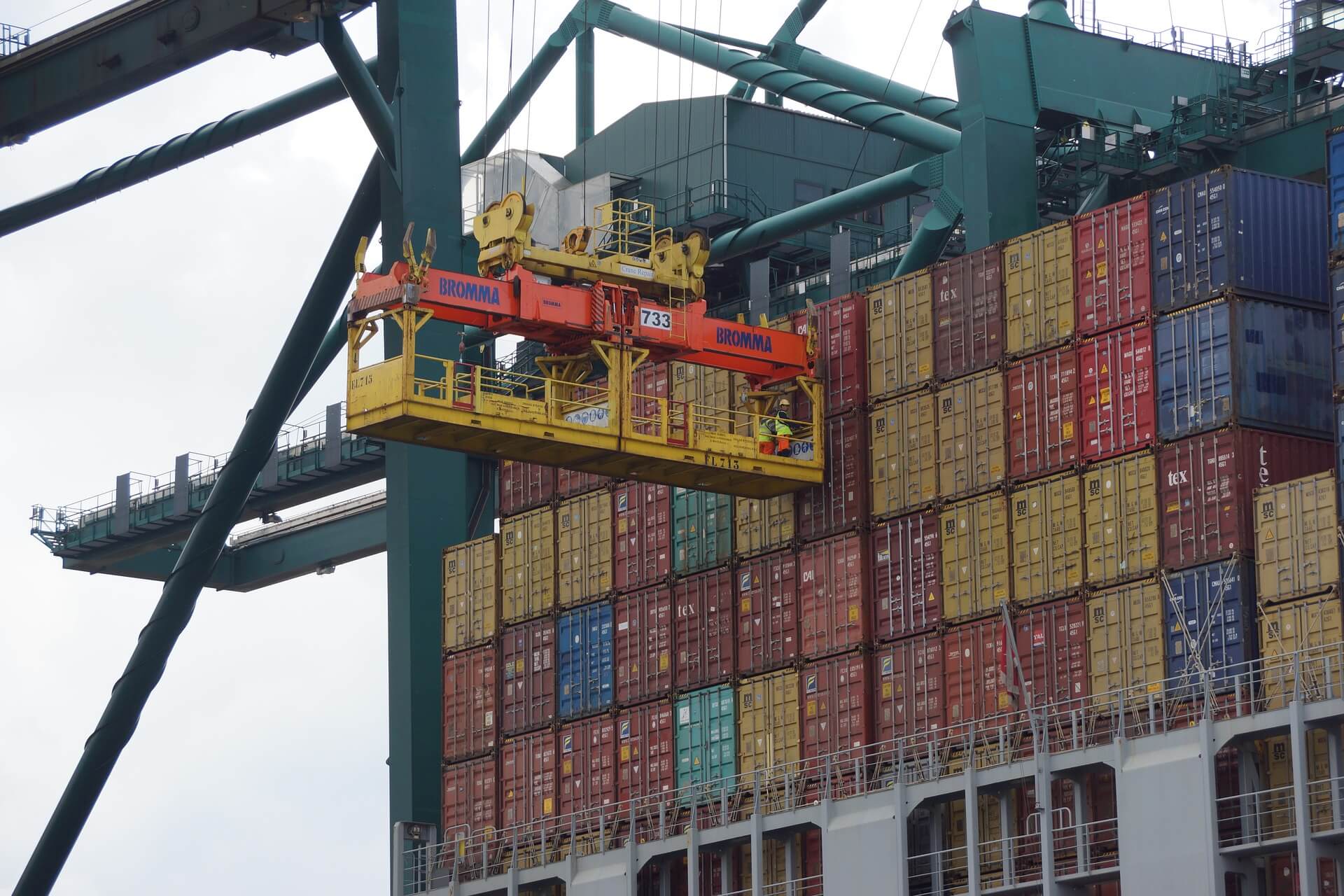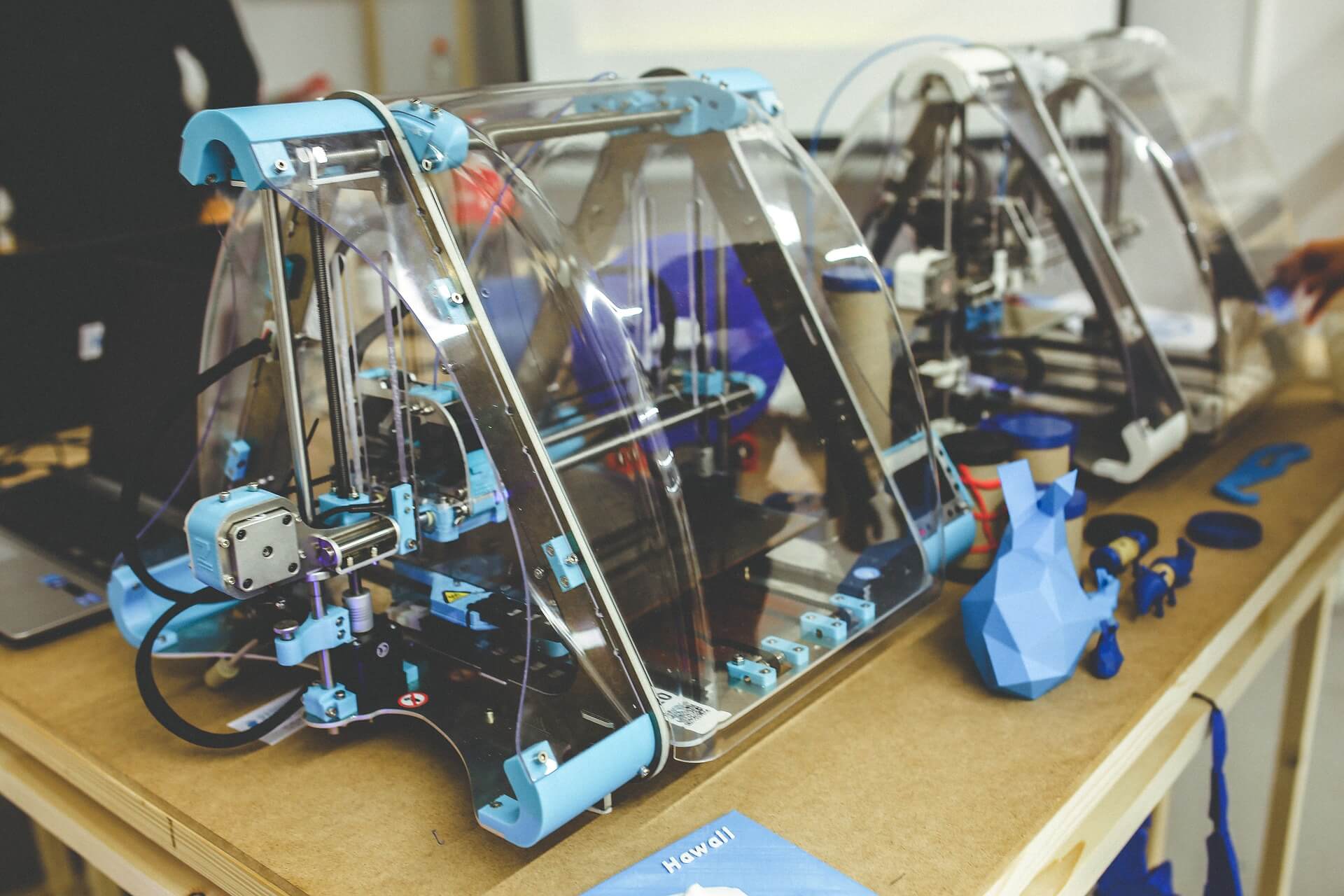Catalyst: Manufacturing
Industry 4.0 technologies, additive manufacturing, and increasing global risks to global supply chains are driving a massive movement towards the localization of supply chains.
These developments are changing the shape of global trade, with implications for manufacturing, workforce, consumer goods, and policy
As the cost variance between manufacturing items locally and in developing markets continues to decrease, incentivizing more localized or regionalized manufacturing.









